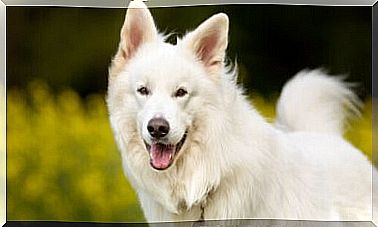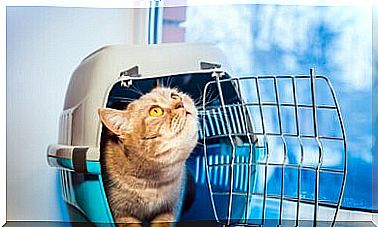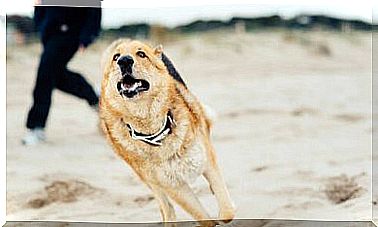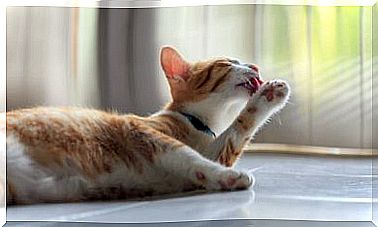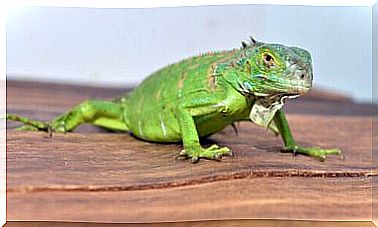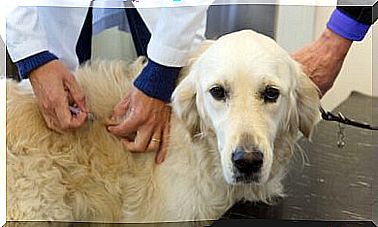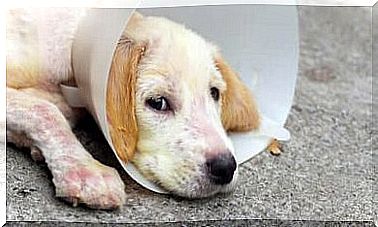The Vicuna: The Peruvian National Symbol
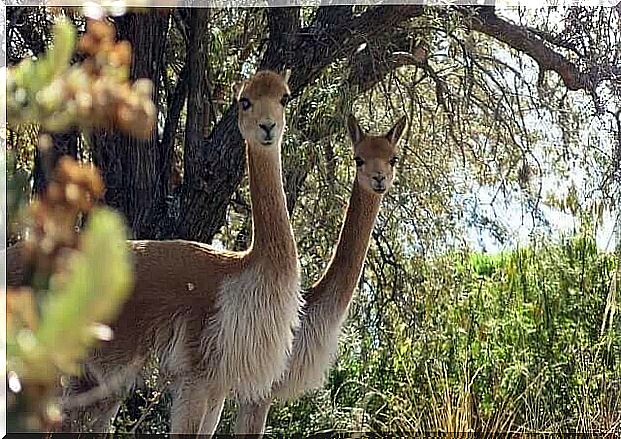
The vicuna is an animal that is the national symbol of Peru. It is in this country that the main populations of vicuñas are found, in the Andes Mountains, at an altitude of over 3000 meters.
Vicunas are camelid mammals, relatives of camels and dromedaries. There are two subspecies of vicuna: the northern or Peruvian vicuna and the southern or southern vicuna. The alpaca is derived from this species and the llama.
Importantly, vicuñas share large areas of steppe with domestic camelids such as the llama and alpaca.
What is a vicuna like?
Vicunas are the smallest animals in the family, as they weigh about 50 kilos and are about 80 centimeters tall. Its neck is long and its head is small, while its eyes are large and its ears are pointed. Also, they have a slit in the center of the upper lip.
Its coat is highly prized. The chest hair is longer, finer and silkier, and provides protection at low temperatures. Vicuna wool is one of the most expensive in the world.
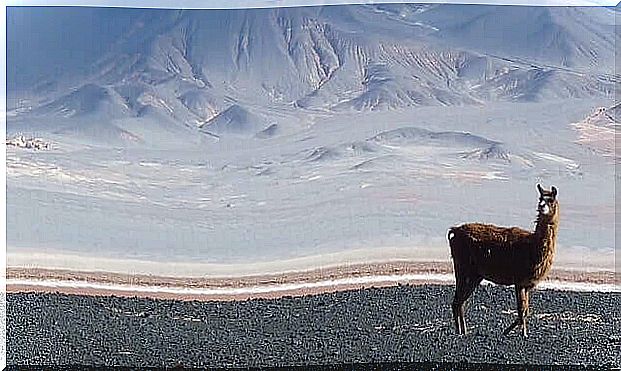
The neck, loin and flanks are sand colored, and the belly and inner legs are white. In addition, the limbs are long and the front third of the body is shorter than the back.
What does the vicuña feed at more than 3000 meters in altitude?
The vicuña feeds on the vegetation of the Andean altiplano, especially that which is close to water surfaces. Likes grasses, herbaceous plants, lichens and some succulent plants.
Vicuna behavior
Vicunas live in herds. Generally, the leader is a male who guides the females in his group. Each herd inhabits a territory of about 40 hectares defended by the male specimen. Young males, in turn, travel in groups in hopes of becoming the alpha male of a harem.
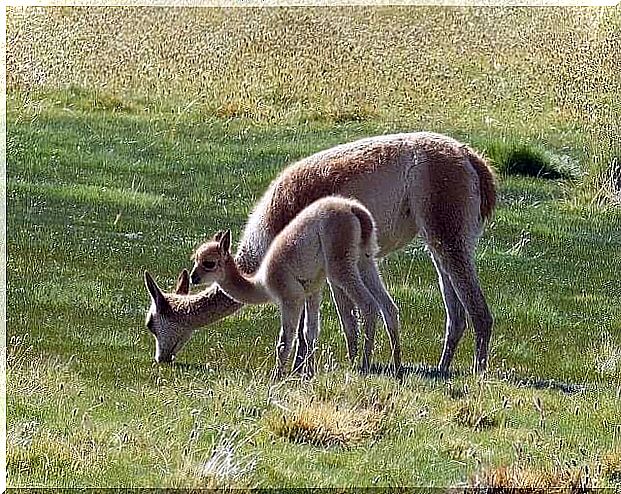
These males delimit their territory through feces and are the only ones that can mate with the females of the herd. The breeding season is between March and April, gestation lasts about 11 months and females usually give birth to a single offspring, sometimes two, which remain with the mother until 18 months.
conservation state
Vicuna populations are currently growing. Although they have gone through times when their populations were in danger, reintroduction and awareness measures have been effective.
After hundreds of years of systematic slaughter to export its coveted wool to Europe, the species reached a tipping point in the middle of the last century, with fewer than 10,000 animals across the altiplano.
Since then, the vicunas have recovered. The International Union for the Conservation of Nature (IUCN) estimates the total population to be 350,000 vicuñas and that it is increasing. However, there are still laws that protect this species from poaching.
The first article of this agreement stated that the profits from the sale of vicuna wool would be used only for local production, and this is one of the reasons why the vicuna became the symbol of Peru.
In the past, the vicuna fur used to wear Inca royalty. Currently, few people can obtain this precious coat, since a kilo of vicuna wool can cost up to 500 dollars.
Every year, to obtain the wool, many local residents surround an area and trap the vicunas to shear them and then return them to the wild. The capture technique dates from pre-Hispanic times and is called chaku . Currently, it has been adapted to ensure animal welfare.
predators
Finally, it is worth noting that the main predators of the vicuna are foxes, pumas and packs of wild dogs. In turn, the condor feeds on the vicuna remains left by these predators.
